In Trop, Polish band Koniec Pola gave us one of the year’s most enigmatic albums to date (read the review here). A six-step journey, it draws upon a wide range of musical styles and yet emerges a coherent and beguiling piece of music. A somewhat unique entity, Trop is full of majesty and mystery, sending the listener on a mental journey, far from the mundane aspects of everyday life.
Perhaps inevitably, we reached out to the band to try to understand more about Trop’s creation. In responding, the band (and Dominik in particular) proved reluctant to delve into the creative process; scorning such questions as dull or irrelevant, perhaps because they simply attach little value to the process. However, they offered more detail on the lyrics and influence of their environment, adding to the story behind a fascinating and frequently wonderful record.

Thank you for taking time to answer these questions. Firstly, could you briefly tell us about how the band came to form.
Dominik: Recently I have come to conclusion that Koniec Pola came from the water. A simple story.
The band, I think, is from Zalesie in the Mazury. In a lot of cases, it seems that beauty spots inspire a certain bleakness in artistry because the seasonal nature of the place sees the crowds flock in during the summer and then empty out during the winter – is that a part of what influenced the strangely Western themes of Cy’s II?
D: Actually, I have never been in Mazury. We come from different places – starting from Koszalin in the northern Poland, to Sanok in the south. Zalesie which we speak of (especially on the debut album) lies somewhere in the middle (in the Central Vistula Valley). This is not a tourist spot but a small agricultural village – similar to the thousands of others. In this case our work is not to contemplate these charmful landscapes but to extract values from the places where they are not noticeable at first glance. Moreover, what is meaningful to me may be dull (if not ugly) for you. Zalesie and Mazury are connected by the fact that here and there the most important is the lake.
Your first release was a an eleven-minute single track, Mrzyglod, which recalls the found sound experiments of Swans. Could you tell us how that first recording came about?
D: We locked ourselves in a wooden barn in the village called Mrzygłód near the San river and woke up what was sleeping there. I like that it recalls Swans to you. I have not been listening to them back then, although today I like the band very much.
It then took a very short space to releasing the debut album in 2018. Could you tell us a little about the development process of Cy?
D: I have always been wondering why journalists ask this kind of question – do they hope for something unusual or they just need another similar story about the process, people involved etc. Why do they need it? It is boring.
The main reason to ask this question is that there is something fascinating about the intangible art of creating music, and every band approaches it differently. It is a shame that you find the question boring, although I don’t need your answer, it might have shed some light on the creation of a fascinating album, had you cared to dip into it.
—

Much of the first album uses tools and instruments the band made – could you tell us what you created for the record?
D: Szturpak created that sweet gizmo (we called it tupak) which you can play with your feet.
In the mid-00s, Poland seemed to be heading in a more liberal direction, but it seems that, since around 2008, it has started to head back towards more conservative values. Has that had an impact upon the music and lyrics, or is the music more rooted in the landscapes and local environment of Zalesie?
D: It is not important at all. In Poland the spirits hold us tight and do whatever they want with us.
Traditionally it has been harder for bands singing in their native tongue to find an international audience and some bands, such as Hunter, have even adopted the tactic of releasing albums in both English and Polish versions. Is it a challenge for your music to reach beyond the borders of Poland or have you found that audiences have been receptive?
D: Actually, it is a question for you. You gave us a nice review and invited for an interview. Was it hard for you to get inside the music with polish lyrics?
I think I’ve always been happy to explore bands who sing in their native language. Whilst some bands adapt perfectly to singing in a second language, there’s a certain sense of poetry that can be lost in the process. As for whether it was hard to get inside your music, that’s an interesting question – I don’t speak Polish at all well, so inevitably I was drawn more to the atmosphere inherent in the music than to the lyrical content, which is a shame given the emphasis on poetry – hence the question about challenge from your perspective.
—
The emphasis in Koniec Pola, in terms of lyrics, seems to be in creating poetry – and the lyrics from Cy also appear in a separate volume of poetry – do the lyrics entirely influence the music, then, or do the band create music and then look to the poetry to see what fits in terms of mood and spacing?
Artur: Our music comes from the poetry – we always wanted to follow the words in a simple manner, even though the final form of each song may seem complex or lengthy. Nevertheless the pattern here is quite clear – if the words create images those images should be audible as well.
Trop is an amazing, six step journey (very literally, given the song titles), how did the band develop the concept of the album?
D: We went for a walk into this peculiar state of elevated consciousness which we mostly experience while we dream, but not only. This “not only” was our motivator to plan such a journey and invite the others to follow our steps.
The music, once again, seems to draw from everything from modern rock to Polish folk – the members of the band must have eclectic tastes?
D: The common ground for us is metal music which we listened to when we were growing up, however each of us has different fascinations now – they are often very distant from the distorted noise. The music of the other bands in which we participate can give some idea about our tastes: Licho, S., Wędrowcy~Tułacze~Zbiegi, Gruzja.
The vocals on Pierwszy are remarkable and operate as instrument in themselves – how long did it take to sculpt the reverb and delay so that each line had an impact in and of itself? It’s a very unique way of delivery that feels almost hymnal.
D: Hard to say but probably twenty minutes, I guess.
Czwarty, in particular, is a thing of beauty that seems to hint at elements of ambient jazz and shoegaze – there’s such a dense, bleak atmosphere and the wind instruments add so much depth. Was this piece very tightly plotted, or was it something that came together in the studio once the hazy backdrop was in place? It’s a very special piece of music.
Artur: I would say both – we knew that Czwarty will introduce certain story to our listener, although we have not planned each sound for each particular second of the song. It was more like gathering ourselves with the tools & instruments around the concept and then releasing our ideas to build it upon them. If you like the result then (I hope) we chose a right way.
It feels like the band as a whole are always searching for some new element to help push the sound forward – do the band journey together, or discover their own elements in isolation and then bring them to the band for consideration?
Artur: Each of us has plenty of soundscapes explored individually. I think it would be even hard to dive into (and connect) all of them as a group. Nevertheless we always seek the paths we all find the most proper or suitable for the concept. For us talking & discussing our ideas is as much important as playing them out loud.
The artwork that you use for each album is evocative – clearly the band see the art as an extension of the music. Could you tell us about its development and how involved the band were in its creation?
D: Koniec Pola consists of sounds, lyrics and images. It happened that whole graphic design of “Cy” and “trop” is based on my photos – I caught the frames supporting our music and lyrics. This is as much a part of the creation as it is of the documentation – mostly because you will find objects in the photos from places important for the story we tell on our albums.
What’s next for Koniec Pola?
D: We go into the holy forest. It will be a longplay.



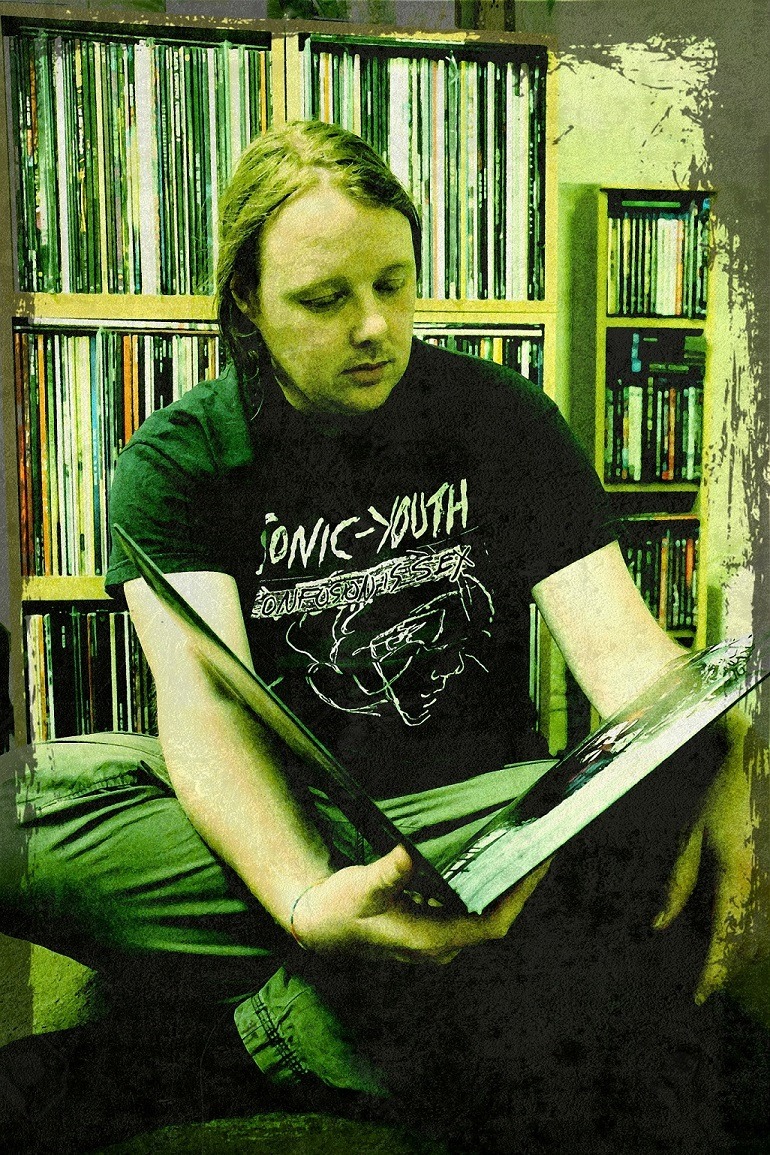
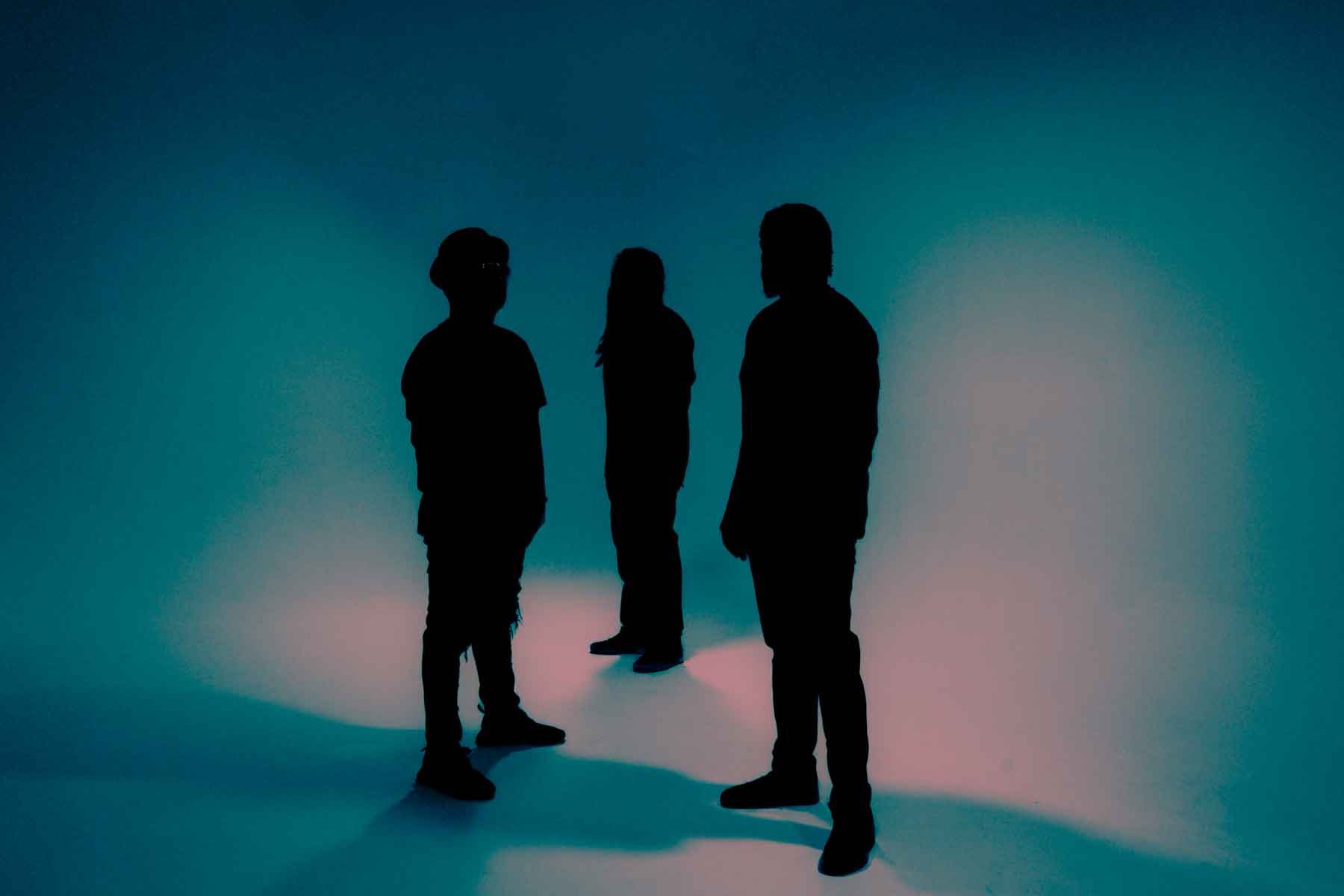
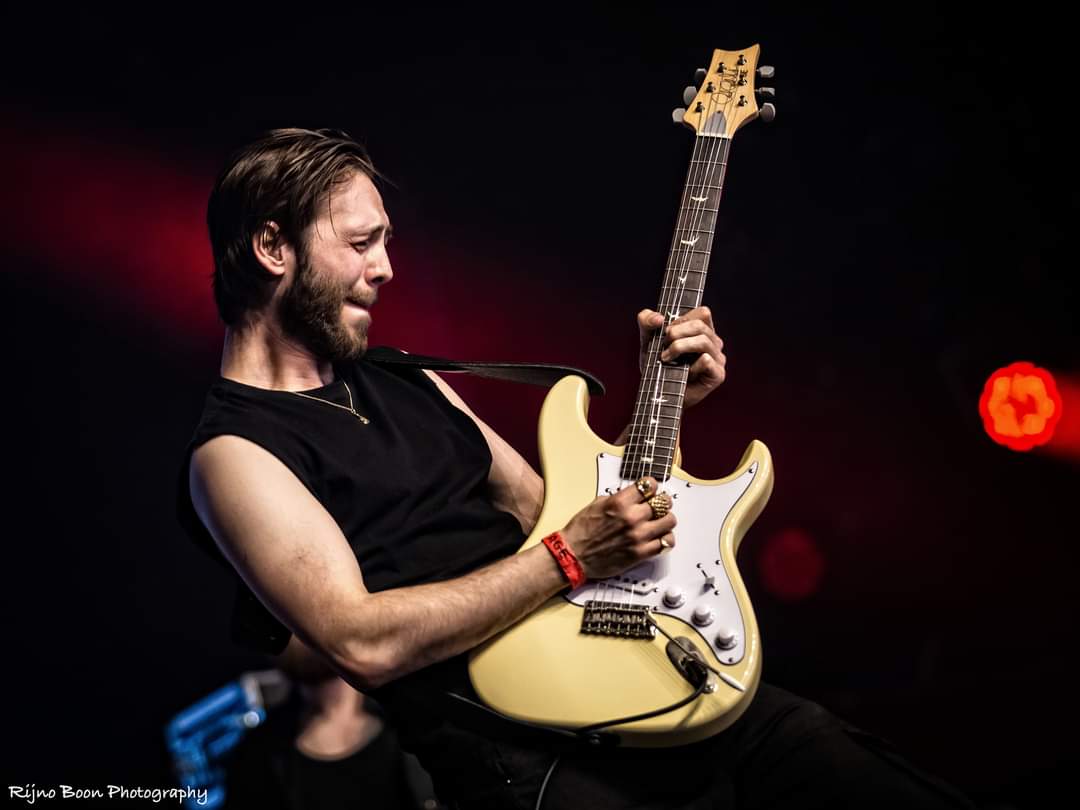
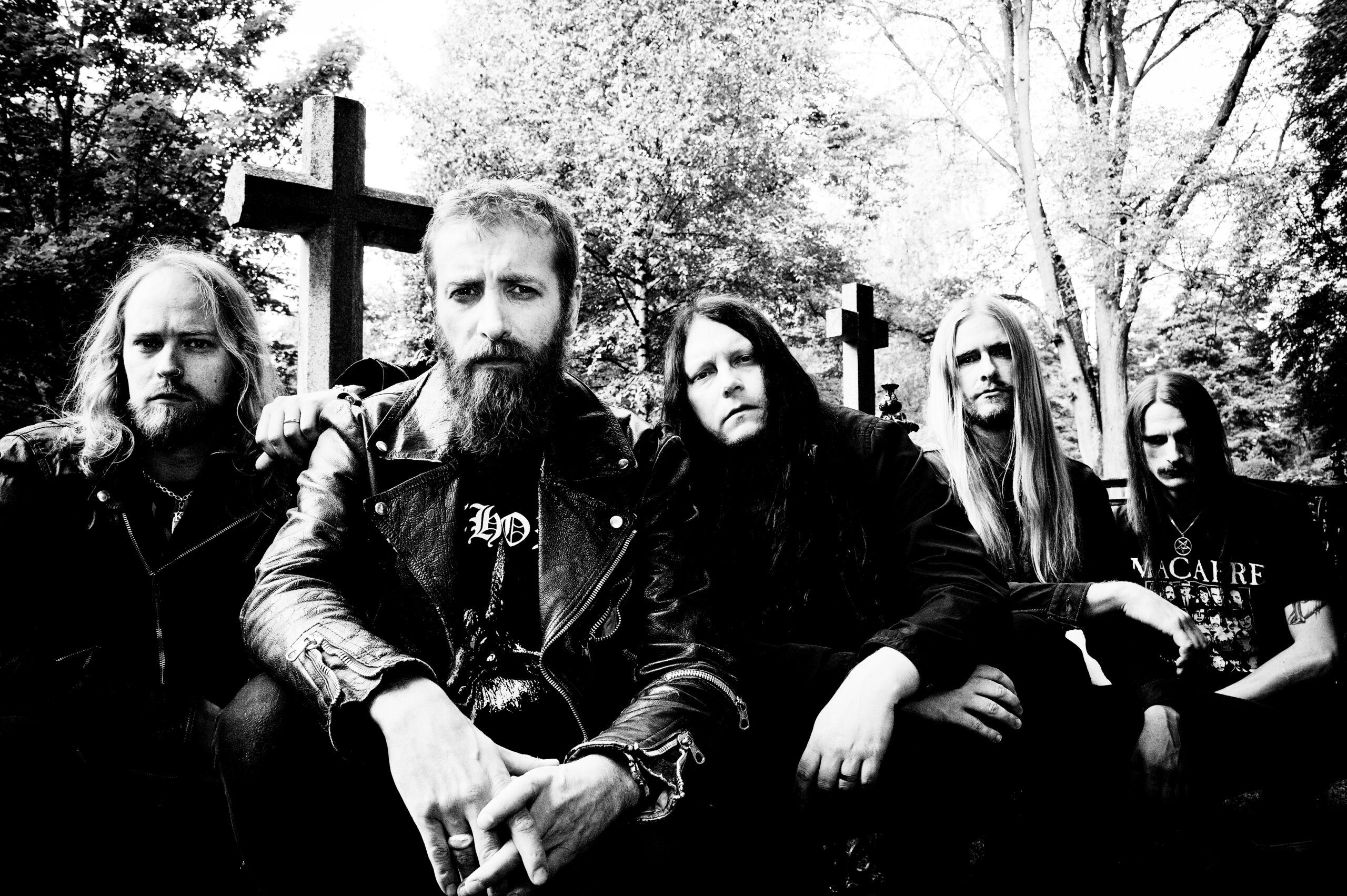
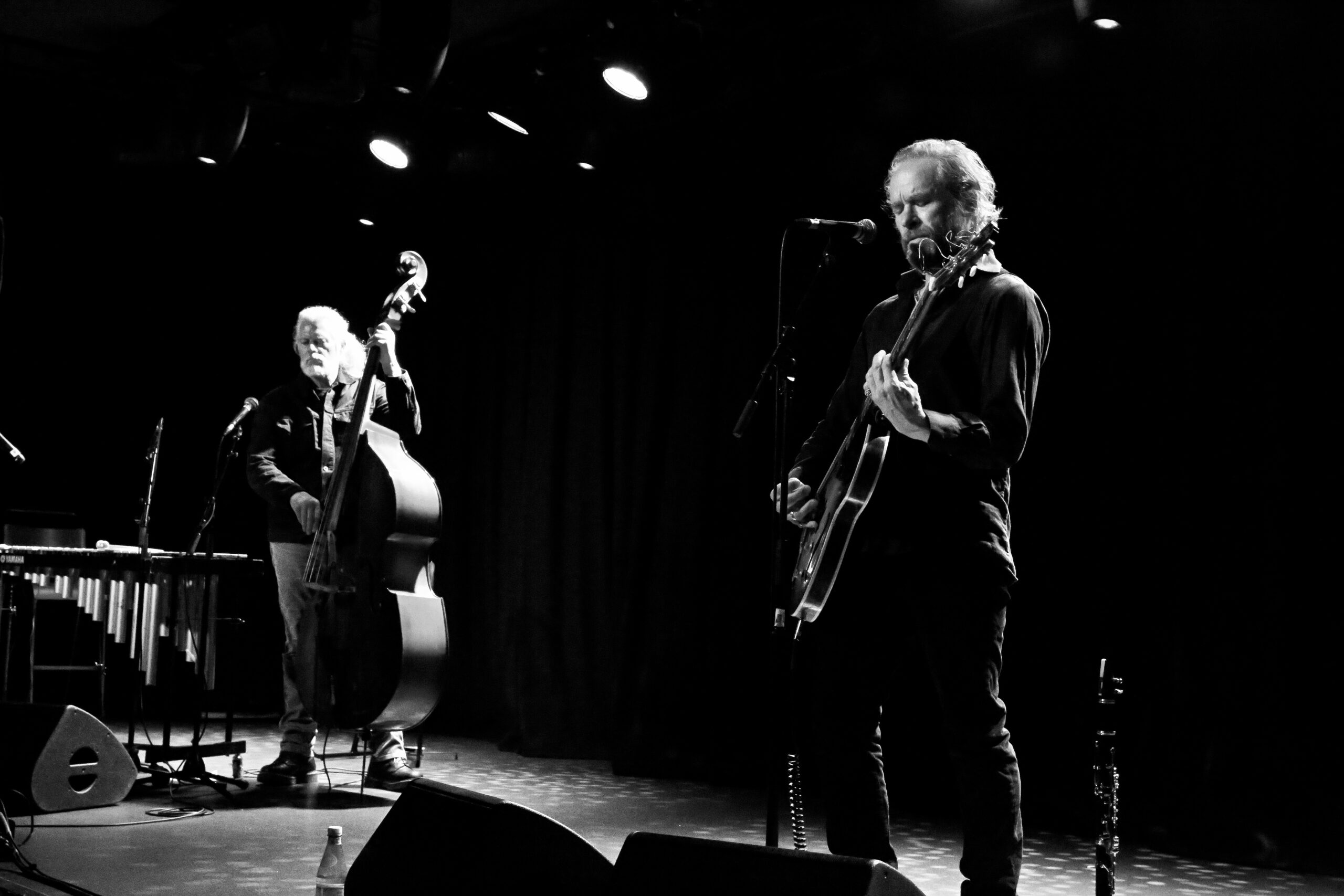
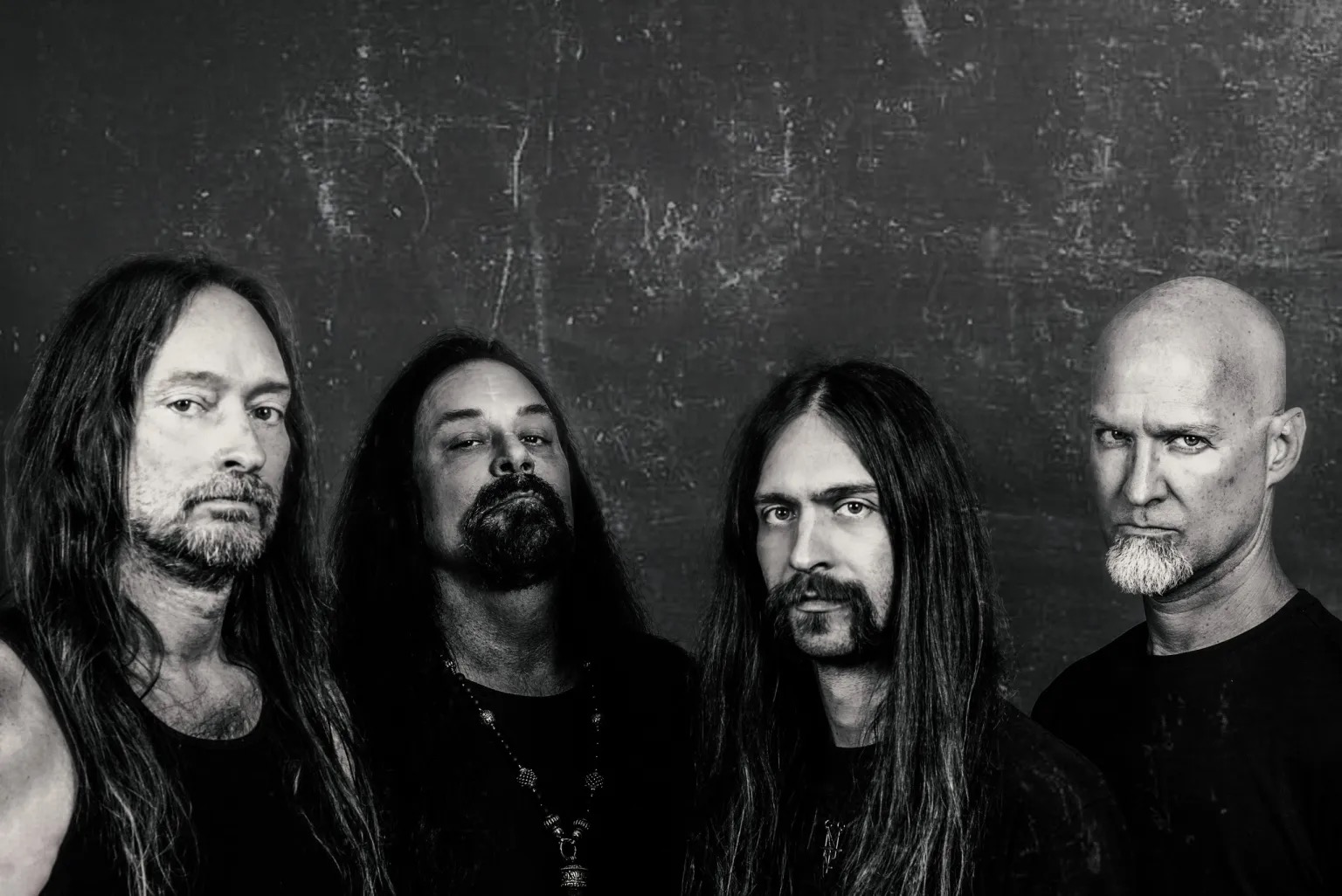

Leave a Reply